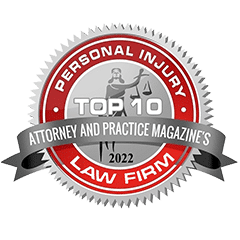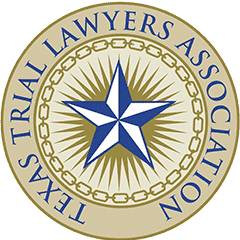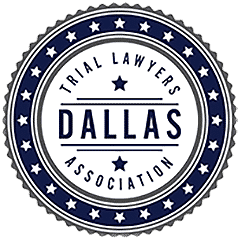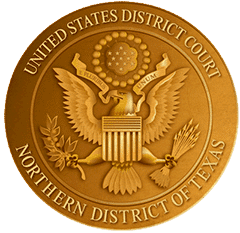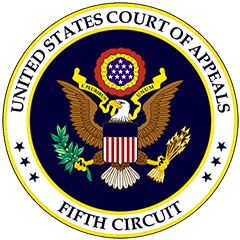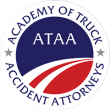Auto accidents are an unfortunate reality for Texans, with thousands of collisions happening on the state’s busy roads every year. While most drivers hope their auto insurance coverage is enough to handle any financial fallout, there are times when a settlement exceeds the at-fault party’s insurance limits. What happens then? And what steps can you take to protect your rights and seek the compensation you deserve?
This guide breaks down everything Texas drivers and car accident victims need to know about insurance coverage, legal options, and navigating scenarios where insurance limits fall short.
Understanding Auto Insurance in Texas
Before we can explore scenarios where settlement amounts exceed insurance limits, it’s essential to understand how auto insurance works in Texas.
Texas Auto Insurance Requirements
Unlike some states, Texas is an at-fault state, meaning the driver who causes the accident is financially responsible for covering damages. To comply with state law, drivers in Texas must carry a minimum amount of liability insurance, which includes coverage for both injuries and property damage:
- Bodily Injury Liability: $30,000 per person and $60,000 per accident.
- Property Damage Liability: $25,000 per accident.
This “30/60/25” minimum provides basic protection, but in severe accidents, it may not be enough to cover extensive medical bills, lost wages, or vehicle damage.
At-Fault vs. No-Fault States
Since Texas is an at-fault state, victims of car accidents are allowed to file claims directly against the at-fault driver’s insurance, and even pursue further legal action if the insurance coverage is insufficient. By contrast, no-fault states typically require drivers to turn to their own insurance policies first, regardless of who caused the accident.
Uninsured and Underinsured Motorist Coverage
Uninsured and underinsured motorist (UM/UIM) coverage is optional in Texas, but it’s highly recommended. This type of insurance protects you in cases where:
- The at-fault driver has no insurance.
- The at-fault driver has insurance, but their coverage isn’t enough to cover the full cost of damages.
Having UM/UIM coverage can act as a backup plan, giving you an additional source of compensation when the at-fault driver’s policy runs dry.
What Happens When an Accident Settlement Exceeds Insurance Limits?
Accidents involving severe injuries or significant property damage often push settlement amounts beyond the at-fault driver’s insurance limits. Here’s what typically happens in such scenarios.
Scenarios Where Settlements Exceed Limits
Consider the following example:
- A car accident results in $100,000 in medical bills and lost wages, but the at-fault driver only carries the minimum $30,000 bodily injury liability insurance in Texas. This leaves a $70,000 shortfall.
When insurance limits are maxed out, victims often have to look for alternative ways to recover the remaining damages.
Stacking Insurance Coverage
Some policies allow for “stacking,” where you can combine multiple insurance policies to maximize your compensation. For example, if you have underinsured motorist coverage on multiple vehicles, these coverage amounts might stack together to cover the shortfall.
Filing a Lawsuit for Additional Compensation
When insurance isn’t enough, victims may need to file a lawsuit against the at-fault driver to recover the remaining damages. However, securing additional compensation through this route depends on whether the at-fault driver has significant assets or income to cover the settlement.
Legal Options Available to Texas Car Accident Victims
Texas car accident laws offer protections and options for victims navigating the complex aftermath of a collision.
Texas Statute of Limitations for Personal Injury Claims
Texas has a strict statute of limitations for filing personal injury claims. Victims typically have two years from the date of the accident to file a lawsuit. If you miss this deadline, your right to pursue compensation may be forfeited.
How Attorneys Can Help
Hiring an experienced personal injury attorney is crucial when dealing with settlements that exceed insurance limits. Here’s how an attorney can help:
- Negotiate with Insurance Providers: Attorneys often secure better settlements by advocating for their clients with insurance companies.
- Identify Additional Avenues for Compensation: They investigate whether other parties (such as employers of the at-fault driver) can be held liable.
- Guide You Through the Legal Process: They build strong cases to present in court, ensuring you have the best chance of recovering the compensation you deserve.
Available Resources for Accident Victims
Texas offers several resources for car accident victims:
- Texas Department of Insurance (TDI): Provides assistance with insurance-related questions and complaints.
- Local Legal Aid Organizations: Offer free or low-cost legal assistance to those who qualify.
- Support Networks: Online groups and forums can connect victims with others who’ve faced similar situations.
Case Studies and Real-Life Examples
Case Study 1: A Multi-Vehicle Collision
Lauren, a Dallas resident, was seriously injured in a multi-vehicle accident. Her medical bills totaled over $200,000, but the at-fault driver’s insurance only covered $60,000. With the help of an attorney, Lauren utilized her underinsured motorist coverage to recover another $100,000. Her attorney also secured an additional $40,000 by filing a successful lawsuit.
Case Study 2: A Drunk Driving Accident
Juan, a Houston resident, was hit by a drunk driver and sustained severe spinal injuries. The driver had no insurance, but Juan’s uninsured motorist policy covered the majority of his medical expenses. His attorney also discovered the driver had significant personal assets, leading to a court-awarded settlement that filled the financial gap.
Lessons Learned
- UM/UIM coverage is invaluable for covering unexpected shortfalls.
- Working with an attorney often leads to increased compensation.
- Pursuing additional legal avenues requires thorough investigation and expertise.
Be Prepared and Protect Yourself
No one expects to be involved in a severe car accident, but understanding your options can make all the difference in navigating the aftermath. Here’s what you need to keep in mind:
- Review Your Insurance Policy: Make sure your coverage suits your needs, including UM/UIM coverage for added protection.
- Seek Professional Legal Guidance: If you find yourself in a situation where insurance limits fall short, consult with a personal injury attorney to explore your options.
- Act Within the Statute of Limitations: Don’t delay—begin your claim promptly to protect your rights.
If you or a loved one has experienced an accident with damages exceeding insurance limits, contact us today for a free consultation. Our experienced attorneys are here to ensure you receive the compensation you deserve.
Meta title
When Auto Accident Settlements Exceed Insurance Limits
Meta description
Learn what to do when accident settlements surpass insurance limits. Discover legal options, case studies, and how Texas residents can secure fair compensation.





















